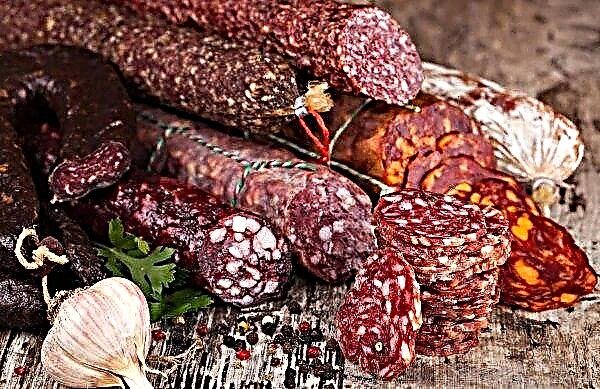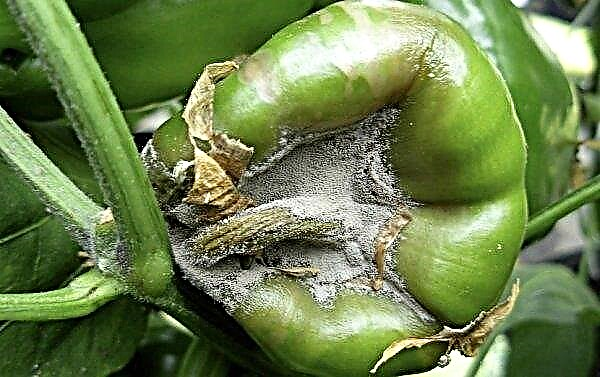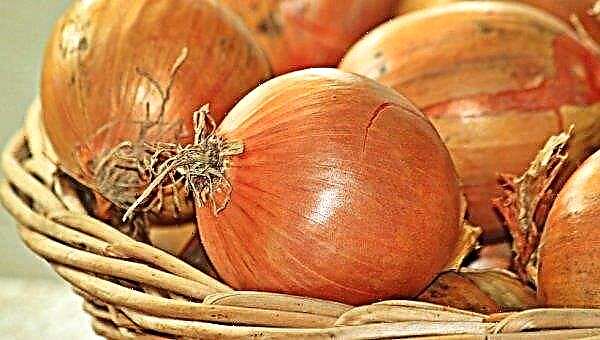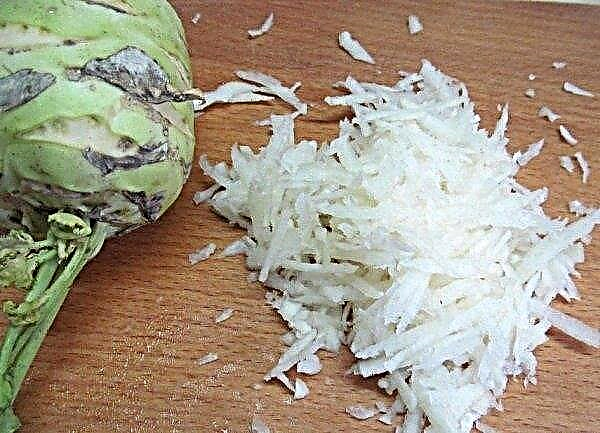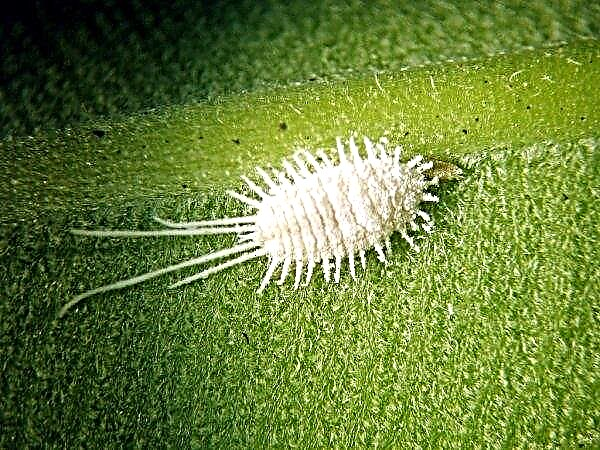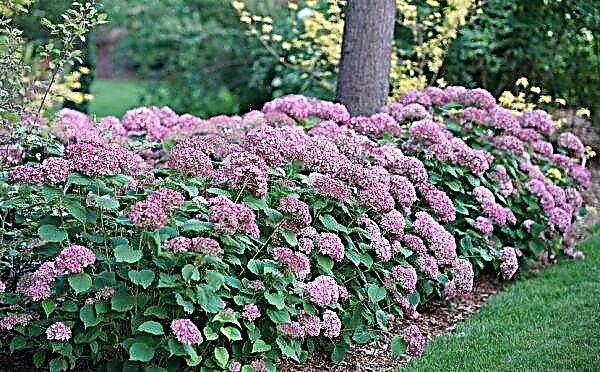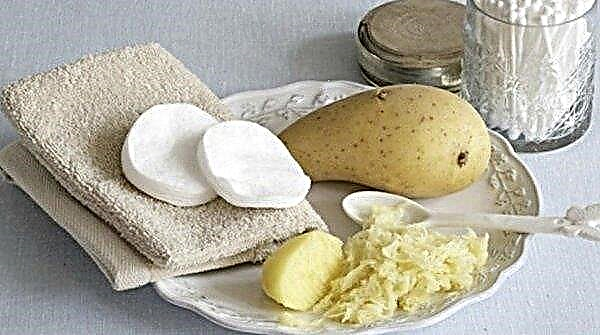Ficus is an ornamental plant that has not lost its popularity for decades due to undemanding care and ease of cultivation. However, the flower needs care, one of the conditions of which is regular fertilizer. Why feed ficus, and how to do it competently, let's figure it out.
Ficus Care Features
Ficus is a perennial, evergreen tropical plant of the mulberry family, the genus of ficus, whose homeland is Australia, the Philippines, and South Asia. As a native of the tropics, the plant needs warmth, high humidity, nutrients for growth and development.
First you need to determine the location of the flower. He needs a bright, but diffused light, the absence of drafts. Comfortable temperature for the plant is + 20–25 ° С in the summer, and no less than + 15 ° С - in the winter.
In order for the flower to grow well, it must be regularly and abundantly watered. The signal for irrigation is the drying of the topsoil by 3-4 cm. Excessive moisture causes rotting of the root system. For irrigation practice pan watering.
You also need to control the humidity level in the room, it should be 50–70%. To ensure the necessary humidity, you can spray or wipe the leaves of the plant with a damp sponge, or install containers with water next to the pot.
Ficus requires top dressing, which is carried out according to seasonality.
Did you know? Ficus has long been known as an air purifier. It has a unique ability to absorb harmful substances, including the evaporation of formaldehyde, phenol and benzene, and thereby saturate the room with oxygen.
What is top dressing and why is it needed?
Plant nutrition is considered one of the main aspects of care. For growth and development, the plant needs nutrient components, which it mainly takes from the soil. However, even high-quality soil saturated with minerals and vitamins is depleted after 3-4 months.
- The lack of nutrients leads to undesirable changes:
- stunting of a flower;
- loss of leaf color intensity;
- stretching the stem in height;
- foliage pigmentation;
- yellowing and falling of leaves;
- damage to the stem and foliage by parasites.

Each of the symptoms is a serious problem that can be prevented by organizing high-quality feeding. In different phases of development, the flower needs different types of fertilizing and a different dosage. There are two types of fertilizers: based on minerals and organic.
General feeding rules
The basic rule of feeding this exotic plant is a systematic and integrated approach, because even with a lack of one of the nutrients, the flower can lose its beauty and wither.
Ficus does not require frequent top dressing. However, to maintain the splendor and brightness of the foliage, the introduction of nutrients should be abundant. The plant needs more useful components in the spring, when the growing process begins.
During this period, experts recommend applying fertilizer every 10-14 days, alternately using mineral and organic preparations. In winter, when the flower is “resting”, it is fed once a month.
In the process of feeding, you should adhere to the rules:
- ficuses - representatives of deciduous plants, therefore, you should use products designed for such flowers, and strictly adhere to the dosage specified in the instructions;
- nutrient deficiency signal loss of color of leaves and their thinning is considered;
- main componentsnecessary for the full development of ficus are: phosphorus, calcium, potassium, sulfur, iron and nitrogen;
- top dressing plants should be combined with irrigation, carefully dissolving the fertilizer in irrigation water;
- mineral and organic complexes need to be applied in turn, with an interval of at least 7 days;
- strictly avoid fertilizer on foliage and growth buds;
- fertilizer must be applied in moist soilto prevent "burning" of the root system.
You can use purchased fertilizers or prepare them yourself, using nitrate, nitrogen, superphosphate, mullein, humus.
How and what to feed ficus at home?
There are two types of fertilizers: mineral and organic. Both those and others are suitable for feeding, but are used at different periods of flower development.
Organic Feeding
A prerequisite for providing ficus with the necessary substances is the introduction of natural organic fertilizers.
The group of organics includes:
- humus animal, including bird droppings;
- compost (humus vegetable);
- peat.
The first two types of organics are in demand. Humus animals - a source of nitrogen necessary for the growth of greenery.
Compost or vegetable humus is enriched with nitrogen, phosphorus and potassium compounds, therefore it is highly effective in feeding the flower.Important! Bird droppings — a strong product, so it is recommended to use it in a dosage of not more than 3 g per 1 liter of water. Litter should be diluted with water and introduced only after preliminary wetting of the soil with water.
A disadvantage of organic fertilizers is a pungent, specific smell, especially if you use mullein, pork or sheep dung.
Mineral Feeding
Mineral fertilizers are special chemical compounds, which include a number of micro and macro elements, salts, geological deposits necessary for the harmonious growth of plants.

Ficus needs 13 minerals, which ensure its successful development, however, their complete set is found only in specialized laboratories or flower farms.
At home, ficus should receive three components:
- Nitrogen - activates the growth, development of shoots and foliage.
- Phosphorus - is responsible for the color of the leaves and its intensity.
- Potassium - increases the protective functions of the plant and resistance to negative environmental factors, including diseases and pests.
Important! No less dangerous for ficus is an overabundance of minerals — leads to stretching of the stem, the formation of white plaque on the surface of the soil.
The deficit of these substances negatively affects the growth rate of the culture, the intensity of the color of its leaves, the formation of new shoots.
Mineral preparations in stores are represented by three types:
- Dry - powders, tablets, granules. They scatter it on the surface of the soil, dissolve as it is watered, enriching the earth.
- Liquid - solutions of various concentrations. Mix with irrigation water and pour under the root. Also used for spraying foliage.
- With prolonged action - special sticks with a high level of nutritional components. They are laid in the ground under the root of the plant.
Folk remedies
To organize high-quality feeding, you can use the products contained in the household. Florists apply:
Florists apply:
- Sugar. Sugar dissolved in water (40 g per 1 liter) allows the ficus to replenish its energy supply and activate growth. You can also scatter sugar powder on the surface, it will gradually penetrate the soil during watering.
- Tea. Strongly brewed black tea is considered a healthy supplement. Infusion enriches the soil with oxygen, loosens the earth. Some gardeners add raw tea leaves to the soil, however, this cannot be done, since pathogenic organisms can develop in it, which will lead to plant disease.
- Coffee. Coffee grounds make the soil softer, lighter and airier. Before use, thicken it should be dried to avoid root decay.
- Ash. Source of nitrogen and potassium. To feed a plant, it must be diluted with water, in a proportion of 1 tbsp. l ash per 1 liter of water. The nutrient components contained in the product quickly penetrate the soil and are completely absorbed by the plant. Dry ash is allowed: it is necessary to evenly distribute it on the soil surface.
Purchased drugs
If you can’t cook yourself supplements for ficus, you can use store-bought preparations. Suitable products intended for decorative foliage plants that have a wide spectrum of action.

Among them are:
- complex mineral fertilizer Meister Agro;
- means for ornamental plants "Majestic";
- Ministry of Medicine “Mr. Color Ficus”;
- complex fertilizer for ficuses "Strength and Beauty" from ReaSil;
- Ministry of Drugs "Palma" from the brand "Garden of Miracles";
- complex remedy "Gumisol".
Did you know? Some nations treat infertility with ficus. It is believed that if there are no children in the family, then the ficus grown by a married couple will certainly lead to their appearance.
Signs of improper fertilizer
The procedure must be carried out, observing the proportions, since both a shortage and an overabundance of useful components can negatively affect the state of the ficus and even lead to the death of the flower.
- Signs of improper feeding are:
- the formation of white plaque on the surface of the soil;
- yellowing of leaves;
- partial or complete fall of foliage;
- the appearance on the leaf plates of spots of brown color;
- stretching the stem;
- blackening of leaves;
- twisting leaves.
In the presence of at least one of the listed symptoms, it is necessary to adjust the portion of fertilizers, reduce or increase them, depending on the existing problem.
Useful recommendations from experienced gardeners
- Starting to feed the ficus, adhere to the recommendations that will make the process safe, effective and beneficial for the plant:
- fertilize 1 time in 14 days;
- in winter, fertilize once every 30 days. However, if the ficus grows in a warm room, where the climate is close to summer, it is allowed to feed twice a month;
- a plant transplanted into new soil needs to be fertilized after two months, since it is this amount of useful components that are stored in the soil;
- in order not to make a mistake with the dosage of fertilizers and to avoid an overdose, store preparations are diluted in weaker concentrations than indicated in the instructions;
- for the effectiveness of the process, it is necessary to introduce mineral dressings and alternate organics.

Thanks to a well-organized, high-quality feeding, homemade ficus will be able to please you with an amazing view over the years. This plant, beloved by flower growers, is not too whimsical to the frequency of fertilizing, however, strict proportions are required and the natural needs of the flower are taken into account.

